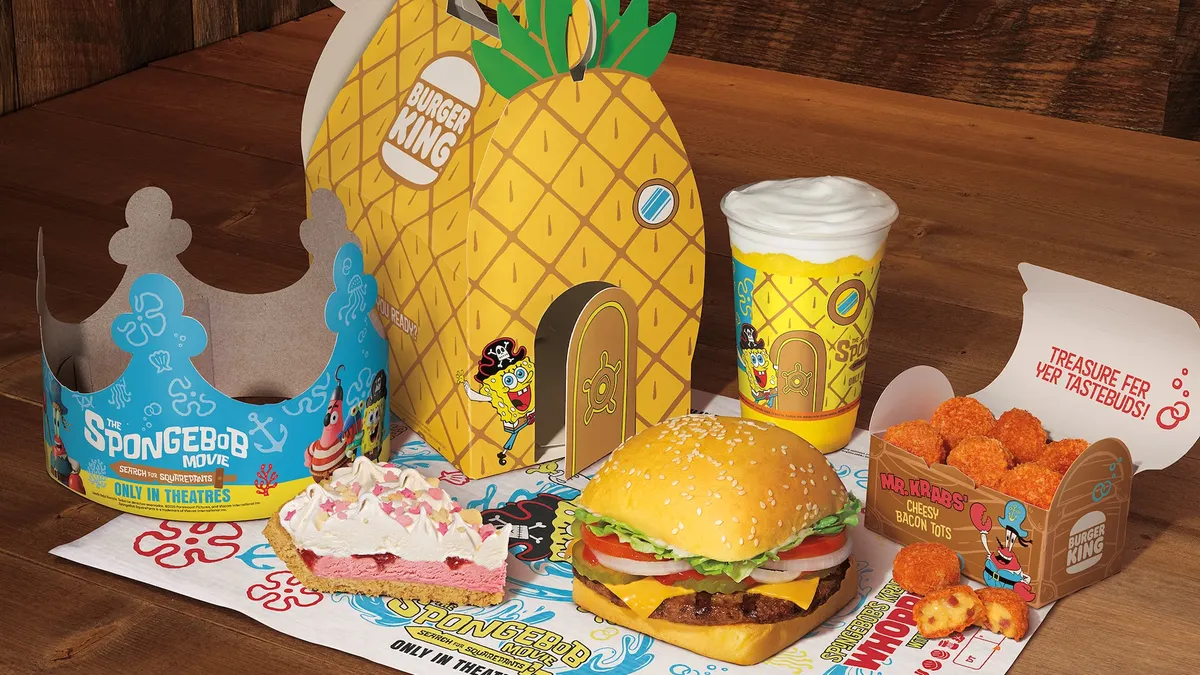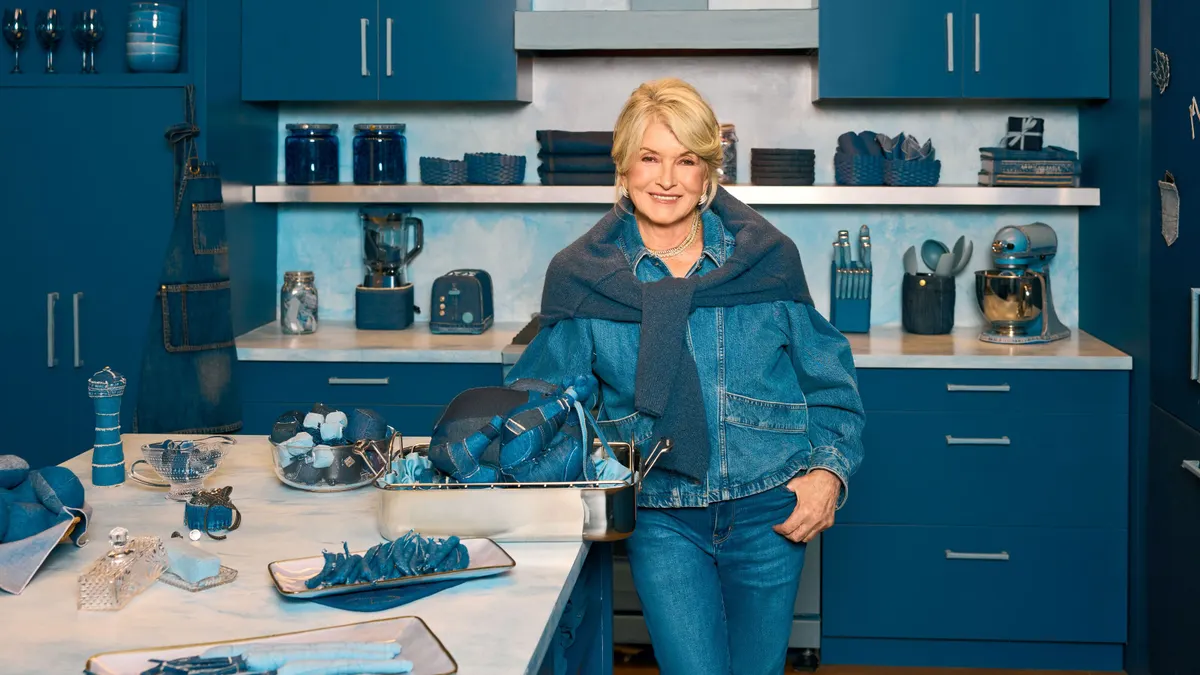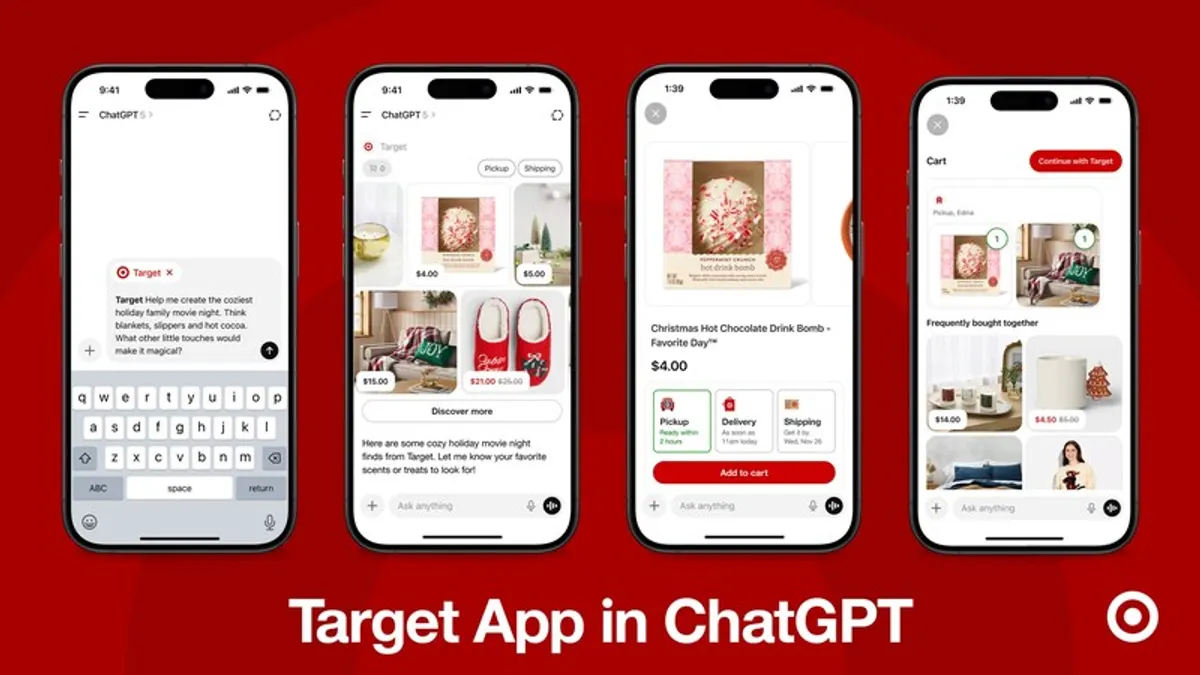Editor's Note: The following is a guest post from Evan Magliocca, brand marketing manager, Baesman Insights & Marketing.
Retail at times feels like it has a monopoly on press mentions for being in a state of flux and turmoil — and there's good reason for that. Yet the issues facing the retail space aren't contained there. The larger implications move across industries and they're driven mainly by the customer. We marketers often forget that customers aren't siloed; a retail shopper also stays at hotels, books airline travel, signs up for credit cards and much more.
Raising the bar in one vertical can then raise customer expectations in others. Nothing happens in a vacuum and there are overarching changes happening to customer expectations as shoppers begin to realize the purchasing power, social voice and overall influence they wield across brand interactions. Stemming from this, retailers, hotels, airlines, banks and grocers are trying to better align and overcome the challenges of providing service at scale. Below, I try to break down how this can be accomplished:
The demand for 'mom and pop' on a global scale
The challenge for marketers, in short, is how to supply the same level of service expected from a mom-and-pop shop at the global level. This isn't a strictly new idea, and has frequently played out in the forms of digital transformation, omnichannel, digital store experiences, customer experience and a thousand other names. At their roots, all of these trends and buzzwords recognize that customers not only desire these services but now increasingly expect them from larger global brands.
But this is an era of conglomerates and one-to-many marketing, no matter how much we try to personalize. Brands are focused on maximizing output while minimizing the costs and overhead that limit the ideals and experiences customers value. And customers understand the landscape. The response is quite predictable: Either customers are going to want to pay less for that product or they're going to go to brands that treat them better. Amazon and Walmart are taking over on the lower-priced side of the aisle and increasingly on convenience and experience. Yet so many brands languish in a state of paralysis, caught between both sides.
With this in mind, it's not surprising that companies such as Airbnb, Bonobos, Indochino, Stitch Fix, Southwest Airlines, independent grocers and even microbreweries across the nation are doing so well in the shadows of industry giants. It's a backlash to the uniformity of bad service, boring experiences and an inability to have any meaningful and positive interactions with brands. So — how to solve it?
Don't discredit the softer human touch
One opportunity to provide better service at scale is rethinking customer personalization. Boutique brands often know their customers' names, what they've bought recently and their interests — the same content large brands have with cross-channel data elements — yet the format in which they utilize those data points makes the difference. It's not cold and calculated; it’s personal, softer and, therefore, often more appealing.
E-commerce and digital can revolutionize many things, but providing a human touch isn't one of them. Larger brands have the ability to add that element to their stores, but the attention paid to associates has always been minimal and underserved. Data capture gives associates the power to introduce the human element if they can harness it. Empowering and investing in associates helps brands meet customer expectations for outstanding service. Marketers should never underestimate the benefits of real human interaction.
Bake value into the product, not the marketing
Every smart company tries to hone a unique value proposition, but that's usually found in the marketing and branding and not necessarily in the actual product, service or experience offered. This needs to change as extraordinary products, services and experiences are paramount to standing out today, when it feels like every retailer has the same box-store layout and every airline pretends they're unique but offers the same services.
This is an era of abundance and it takes a company-wide focus to craft an uncommon experience that stands out. That no longer means just adding a digital component to the store or rolling out an app component to in-store shopping. Indochino and Bonobos have remarkable showroom experiences that are people-driven at the confluence of brand personality, special product and technology. While they're still smaller in size, the idea has the ability to scale.
Nike is a great example of a larger brand trying to push into new territory. The company plans to open a 69,000 square-foot flagship store in New York City, yet even with such a massive footprint, the lower level is dedicated to the brand's new small format concept store. The top floor is also a members-only concept for NikePlus users that features unique products and product customization, along with one-on-one appointments and expert associates that provide sport-specific services.
Coming up short
Despite some standout examples, many brands' strategies and executions fail to capture the sentiment that customers are searching for right now. While digital and other technologies solve some alignment issues, brands need to take a cue from marketers like Nike and take a fresh look at the problems, opportunities and customer expectations to understand where capital projects should focus in the future.
That focus needs to be on every aspect of the service — not just on e-commerce, integrating it with stores or on omnichannel logistics. Those are all important, but there are basic, service-level expectations that can be addressed to produce long-term customer loyalty and engagement that will benefit brands for the future.




















